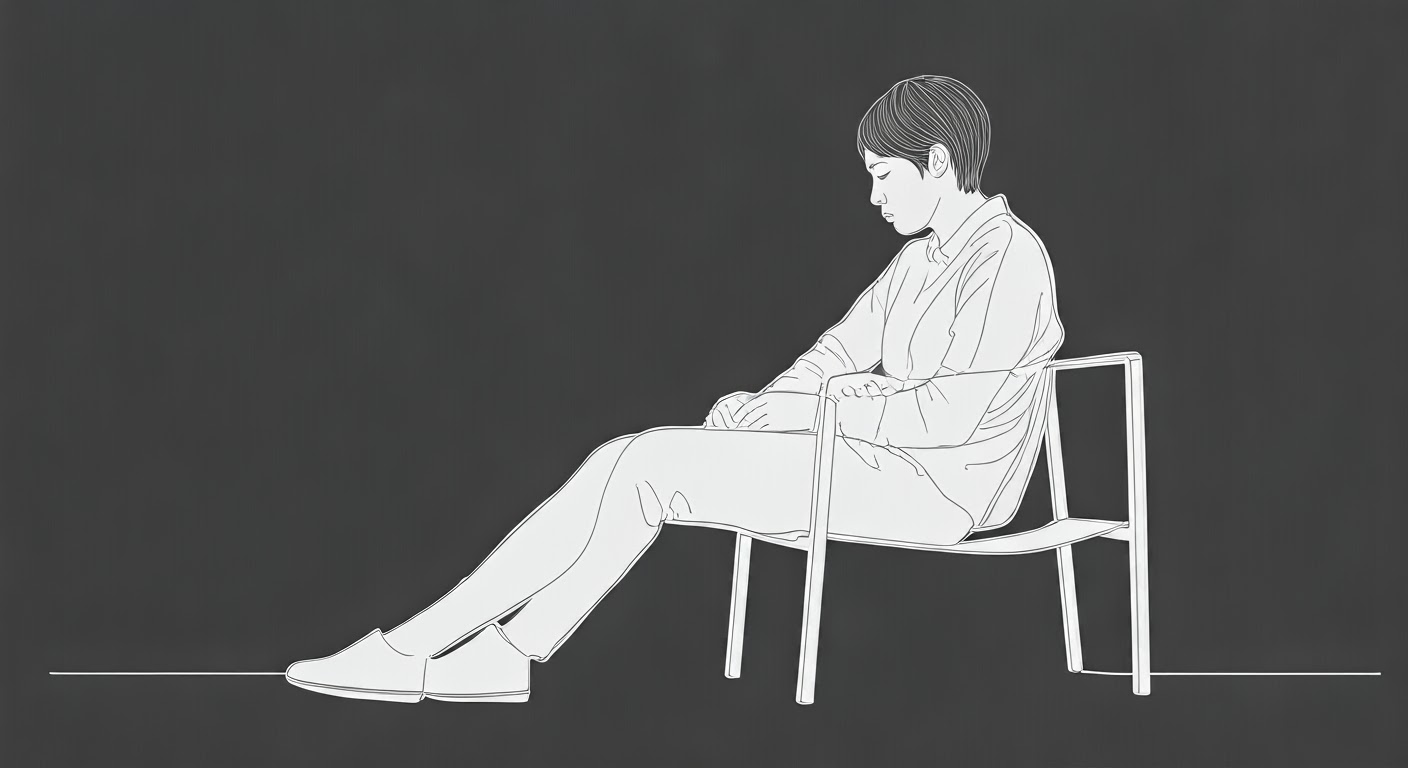Fibromyalgia is often associated with widespread pain, fatigue, and sleep disturbances. However, one of its most frustrating and misunderstood symptoms is fibro fog—a term used to describe the cognitive difficulties that many patients experience. Fibro fog can feel like a mental haze, making it hard to think clearly, remember details, or stay focused. In this article, we’ll explore what fibro fog is, how it affects the brain, and practical strategies to manage it.
What Is Fibro Fog?
Fibro fog, also known as cognitive dysfunction or brain fog, is a common symptom of fibromyalgia. It’s not just occasional forgetfulness or distraction; it’s a persistent and often debilitating condition that interferes with daily life. People with fibro fog may struggle with:
- Memory lapses: Forgetting names, dates, or where they placed everyday items.
- Difficulty concentrating: Finding it hard to focus on tasks, especially for extended periods.
- Slowed thinking: Feeling like their thoughts are moving through molasses.
- Confusion: Struggling to process information or make decisions.
- Word-finding problems: Having trouble recalling common words during conversations.
For many, fibro fog is as challenging as the physical pain of fibromyalgia, impacting their ability to work, socialize, and maintain independence.
How Fibromyalgia Affects the Brain
The exact cause of fibro fog is still being studied, but researchers believe it’s linked to the way fibromyalgia affects the brain and nervous system. Here are some key factors that may contribute to cognitive dysfunction:
1. Chronic Pain and Brain Overload
Chronic pain is exhausting—not just physically, but mentally. The constant barrage of pain signals can overwhelm the brain, leaving fewer resources for cognitive tasks like memory and focus. This “brain overload” may explain why fibro fog often worsens during pain flares.
2. Sleep Disruptions
Fibromyalgia frequently disrupts sleep, leading to conditions like insomnia or restless leg syndrome. Poor sleep quality prevents the brain from resting and repairing itself, which can impair cognitive function over time.
3. Neuroinflammation
Emerging research suggests that neuroinflammation—inflammation in the brain—may play a role in fibromyalgia. This inflammation could disrupt communication between brain cells, leading to symptoms like memory loss and confusion.
4. Stress and Mental Health
Living with a chronic illness like fibromyalgia is inherently stressful. High levels of stress hormones, such as cortisol, can damage brain cells and impair cognitive function. Additionally, conditions like anxiety and depression, which are common in fibromyalgia patients, can exacerbate fibro fog.
The Emotional Toll of Fibro Fog
Fibro fog isn’t just a cognitive issue—it’s an emotional one, too. Many people with fibromyalgia feel embarrassed or frustrated when they can’t remember a familiar name or struggle to follow a conversation. This can lead to:
- Self-doubt: Questioning their intelligence or abilities.
- Isolation: Avoiding social situations for fear of being judged.
- Anxiety: Worrying about how fibro fog will impact their work or relationships.
Over time, these feelings can take a toll on mental health, creating a vicious cycle where stress worsens fibro fog, and fibro fog increases stress.
Practical Strategies to Manage Fibro Fog
While fibro fog can’t be cured, there are ways to manage it and improve cognitive function. Here are some strategies to consider:
1. Prioritize Sleep
Improving sleep quality is one of the most effective ways to combat fibro fog. Establish a consistent sleep routine, create a calming bedtime environment, and avoid stimulants like caffeine before bed. If sleep disorders are an issue, consult a healthcare provider for tailored solutions.
2. Stay Mentally Active
Engaging in brain-stimulating activities can help keep your mind sharp. Try puzzles, reading, learning a new skill, or playing memory games. Even small challenges, like memorizing a grocery list, can make a difference.
3. Organize Your Life
Simplify your daily routines to reduce cognitive strain. Use tools like calendars, to-do lists, and reminders to stay on track. Breaking tasks into smaller steps can also make them feel more manageable.
4. Manage Stress
Stress management is crucial for reducing fibro fog. Practices like mindfulness meditation, deep breathing exercises, or gentle yoga can help calm your mind and improve focus.
5. Stay Physically Active
Regular, low-impact exercise can boost brain health by improving blood flow and reducing inflammation. Activities like walking, swimming, or tai chi are gentle on the body and beneficial for the mind.
6. Eat a Brain-Healthy Diet
Nutrition plays a key role in cognitive function. Focus on a diet rich in anti-inflammatory foods, such as fruits, vegetables, whole grains, and omega-3 fatty acids. Stay hydrated, as dehydration can worsen brain fog.
7. Seek Support
Don’t hesitate to reach out for help. Whether it’s talking to a therapist, joining a support group, or leaning on loved ones, emotional support can make a big difference in managing fibro fog.
Looking Ahead: Hope for the Future
Fibro fog can feel overwhelming, but it’s important to remember that you’re not alone—and there’s hope. Researchers are continually exploring new treatments and therapies for fibromyalgia, including those that target cognitive symptoms. In the meantime, small lifestyle changes and self-care practices can help you regain a sense of control over your brain and memory.
By understanding fibro fog and taking proactive steps to manage it, you can reduce its impact on your life and focus on what truly matters: living well with fibromyalgia.

Click Here to Visit the Store and find Much More….
For More Information Related to Fibromyalgia Visit below sites:
References:
Fibromyalgia Contact Us Directly
Click here to Contact us Directly on Inbox
Official Fibromyalgia Blogs
Click here to Get the latest Chronic illness Updates
Fibromyalgia Stores










